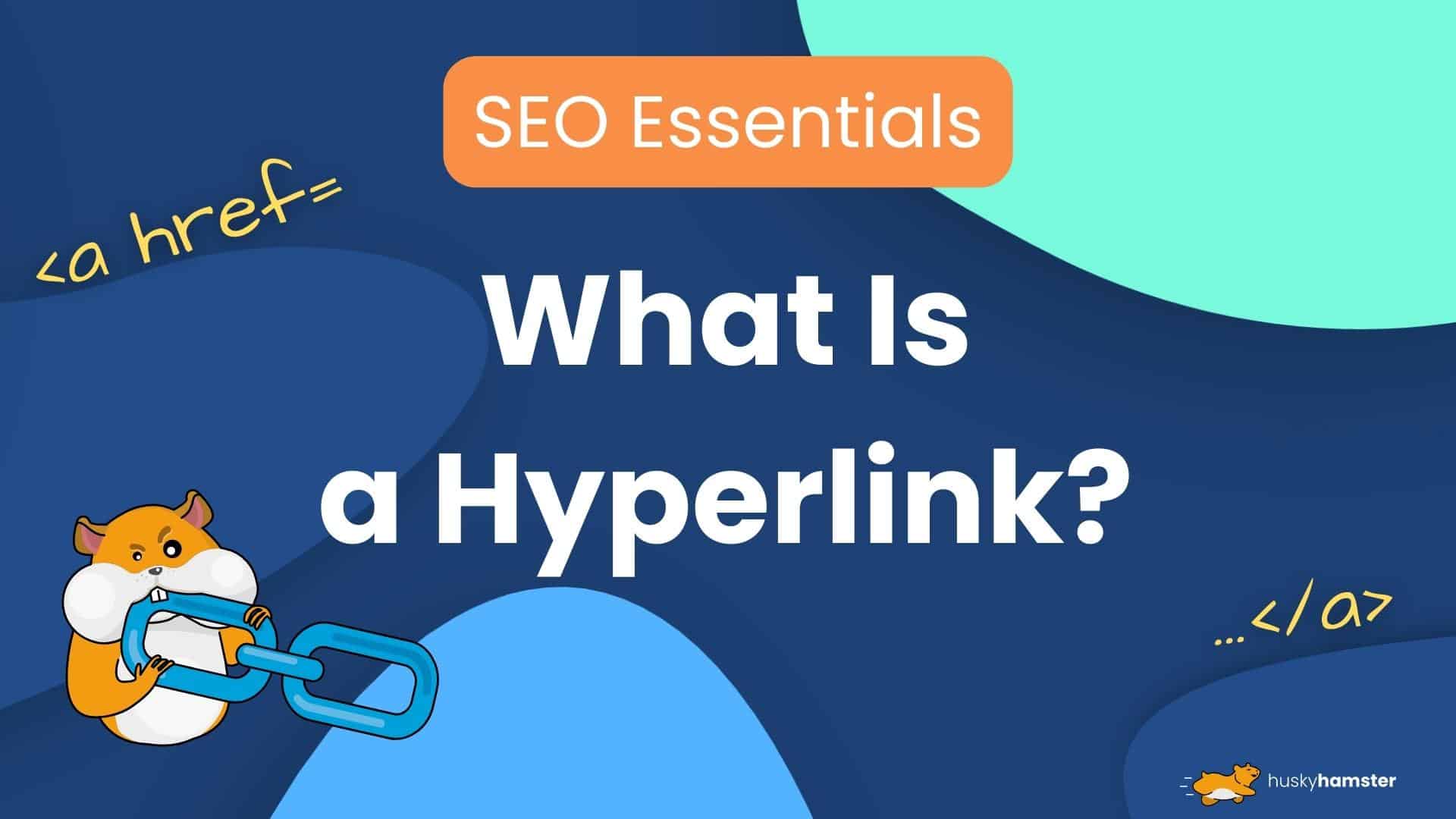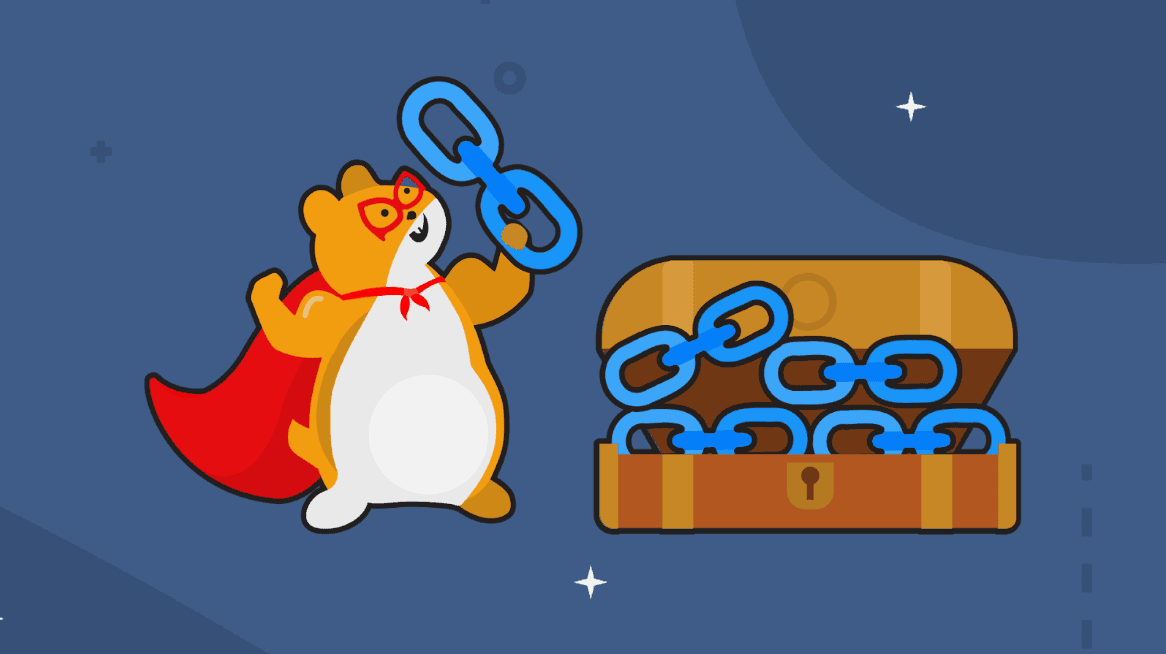
A hyperlink, sometimes referred to as a link or an "anchor," is a clickable element in HTML that allows users to navigate between web pages on the same website, different websites, and other online resources. A hyperlink can be a single word, phrase, image, or any other type of content that has been coded to link to another web page. Hyperlinks are often highlighted in a different color than the rest of the text, such as blue or purple. This helps to make them stand out so users can easily identify and click on them.
When clicking on a hyperlink, users are redirected to another web page that is related to the content of the original link. This helps to make navigation between websites easier and more efficient. Additionally, when users click on a hyperlink, they often receive additional information or resources related to the link's content.
The use of hyperlinks allows for a much smoother experience for web page visitors as it eliminates having to type in long URLs into their browsers every time they want to access new content. By using hyperlinks, users can quickly move from one piece of content or web page to another without having to worry about memorizing lengthy addresses. We get into more details below.
Key Takeaways
- Hyperlinks enable smooth navigation between web pages and online resources, improving user experience.
- They play a vital role in increasing discoverability, credibility, and sharing of information on the internet.
- Different types of hyperlinks include internal links, external links, backlinks, image hyperlinks, and video hyperlinks.
- Link building is an important SEO strategy that can boost visibility, improve rankings, drive traffic, and increase conversions for businesses.
- Hyperlinks can enhance the visual appeal and user engagement on a website, making it more interactive and dynamic, ultimately leading to better user retention and satisfaction.
Why Are Hyperlinks Important?
Hyperlinks are important for several reasons:
- Navigation: Hyperlinks allow users to easily navigate between different web pages and online resources, making it possible to access and explore a vast amount of information on the internet.
- Discoverability: By linking to other relevant resources, websites can increase their discoverability and make it easier for users to find them through search engines or links on other websites.
- Credibility: Hyperlinks can be used to cite sources and provide additional information to support arguments and claims, increasing the credibility and trustworthiness of the information being presented.
- Sharing: Hyperlinks make it easy for users to share information and resources with others, either through social media, email, or other methods.
- Search engine optimization: Search engines use hyperlinks as a way to determine the relevance and authority of a web page, which can impact its ranking in search results.
Types of Hyperlinks
There are several types of hyperlinks that can be used to link different HTML elements and resources:
- Internal Links: As the name suggests, an internal link is a reference or navigation path between sections of content within the same web page or website. They are often represented by text such as "Read More" links at the bottom of articles, which take users further down into a post when clicked.
- External Links: An external link is one that points to another website, either on its own domain or a third-party site. These are usually styled in blue text with an underline and open up in new windows when clicked on so users don't leave your site entirely while still being able to access more information elsewhere.
- Backlinks: A backlink is a link from another website or domain pointing to yours, and is considered by search engines when calculating ranking. This helps boost your visibility online as it shows other sites' trust and refer to you as an expert in the area – helping increase traffic too.
- Image Hyperlinks: As mentioned before, images can also serve as links – meaning any image placed onto a web page may contain a URL directing viewers elsewhere – such as product pages when shopping online. This technique helps bring visual appeal to sites too; however, it needs testing across all devices first.
- Video Hyperlinks: Videos can also be used to link viewers elsewhere, either within the video itself (such as an annotation or end screen) or in its description. This is a great way to drive people to other pieces of content without having them leave the page they're on – perfect for product demos and explainer videos!

How Can Link Building Benefit Your Business?
Link building is an important part of any successful SEO strategy. It involves the acquisition of quality inbound links from other sites that direct customers and search engines back to your own website.
Link building can benefit your business by increasing visibility, improving rankings, driving traffic, and ultimately boosting conversions.
- Increased Visibility: Having high-quality inbound links pointing to your site will help increase its visibility and make it easier for potential customers to find you online through organic search results or referral visits from other websites. This increased exposure can lead to more people becoming aware of what you have to offer, as well as greater opportunities for brand recognition and loyalty.
- Improved Rankings: Links are one of the major ranking factors used by Google when determining where a page should appear on its SERPs (Search Engine Results Page). The more relevant, authoritative links you have pointing toward your site, the better chance it has at appearing higher up in the list of web pages related to a certain query – resulting in an improved overall ranking position!
- Increased Traffic: As mentioned above, link building helps improve a website’s visibility which leads directly to increased targeted traffic levels since more people will be able to find what they’re looking for quickly without having to go far down into SERP listings first – saving them time & making them more likely to return again too!
- Conversion Boost: When someone is searching online, they often have specific needs or questions – if they land on your site through a high-quality link, then chances are good that their needs could be answered there too; leading them closer towards potential conversion goals such as signing up for newsletters/subscriptions, etc., downloading free trials or even full purchases depending on how much trust/authority has been established beforehand via these valuable external references points provided throughout various digital channels already!
Summary
Hyperlinks are an essential tool for navigating the web, allowing users to quickly and easily access different pages and resources. They can also benefit businesses by increasing visibility, driving traffic, improving search engine rankings, and ultimately boosting conversions. Link building is a powerful strategy for acquiring quality inbound links that can help to achieve these goals.






